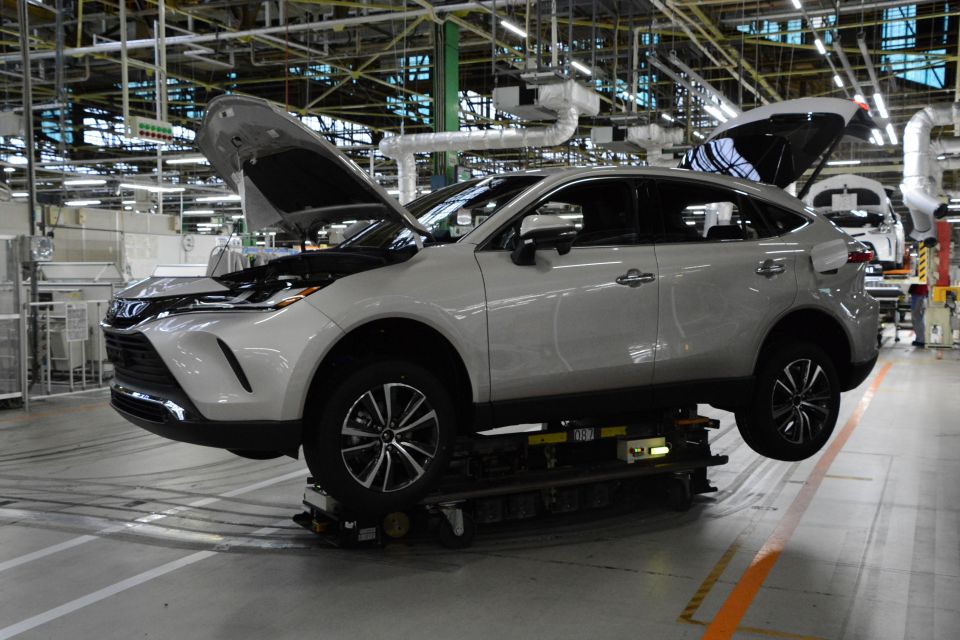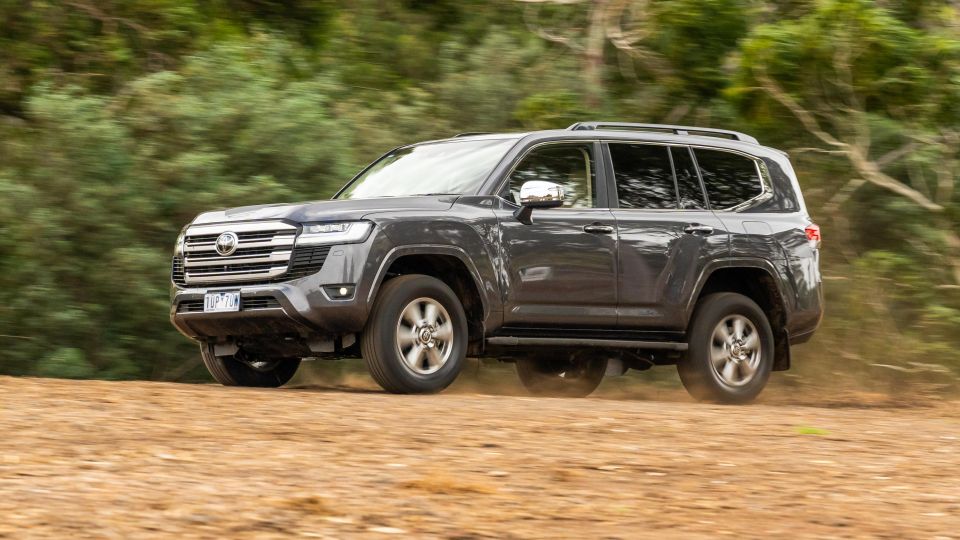

Max Davies
Skoda aiming for Tesla with new electric SUVs
6 Hours Ago

Senior Contributor
Toyota Motor Corp. has slashed its projected June factory output for the third time in as many weeks, downgrading the monthly production target to approximately 750,000 units.
It’s the third time Toyota has pruned back its June production plan: it reduced its original target by 50,000 cars to 850,000 cars on May 24, before cutting this to 800,000 on May 27.
TMC has been forced to downgrade its production targets with startling regularity, having put out at least a dozen production ‘adjustment’ bulletins this year already. Stated reasons have included chip shortages and COVID outbreaks – both at plants, and within suppliers.
The most recent, June 16 adjustment announcement, mentioned plans to suspend operations at five additional Japanese plants: Motomachi, Takaoka, Tahara, Iwate, and Yoshiwara. That’s over and above the closures announced on May 27.

“We at Toyota would like to again apologize for the repeated adjustments to our production plans due to the parts shortage resulting from the spread of COVID-19, and for causing considerable inconvenience to our customers who have been waiting for the delivery of vehicles, suppliers, and other parties concerned,” TMC said.
“We have decided to suspend operations at some of our domestic plants from June 17 (Friday) due to low attendance caused by a COVID-19 outbreak at one of our suppliers, and a shortage of parts supply caused by a production equipment defect at another supplier. The suspension plan this time is in addition to the recent announcement.
“… As it remains difficult to look ahead due to the shortage of semiconductors and the spread of COVID-19, there is a possibility that the production plan may be lower. However, we will examine the parts supply closely to minimize sudden decreases in production, and continue to make every effort possible to deliver as many vehicles to our customers at the earliest date.”

Vehicles affected by the latest production pauses include the bZ4x, GR Yaris, Toyota RAV4, C-HR, Yaris Cross, LandCruiser 70, and LandCruiser 300. It also affects the Lexus LC, NX and LX.
All of these vehicles are already subject to long wait times – between one and two years in many cases, including around 18 months for the top-selling RAV4 hybrid – in Australia, so this won’t help smooth things out…
Toyota still says to expect a group-wide output of 9.7 million cars in this Japanese fiscal year (ending March 31), down from an initial projection of 11 million cars when it thought the global supply chain would bounce back this year.
Losing around 1.3 million vehicles from global allocation will send shockwaves throughout all key Toyota regions, not least of all Australia where the company commands north of 20 per cent market share.
To its credit Toyota Australia has kept industry stakeholders quite well informed of its stock situation compared to other brands, and we’re expecting another localised update in the near future. We will always keep you as informed as we are.
MORE: Toyota halts production at 10 plants amid parts shortages MORE: Toyota suspends production, again MORE: Toyota, Lexus factory production slashed once again MORE: 2022 Lexus NX wait times top 12 months for hybrids MORE: 2022 Lexus LX wait list passes 12 months MORE: Toyota cuts production, takes ‘intentional pause’ for suppliers’ sake MORE: Toyota production pause, LandCruisers and RAV4 affected MORE: Toyota RAV4 shortages and wait lists remain in 2022 MORE: Toyota to cut Japanese production significantly from April MORE: Toyota cuts February production plans as COVID bites again MORE: Toyota resumes Japanese production after cyberattack
Where expert car reviews meet expert car buying – CarExpert gives you trusted advice, personalised service and real savings on your next new car.


Max Davies
6 Hours Ago


Max Davies
6 Hours Ago


Ben Zachariah
8 Hours Ago


William Stopford
8 Hours Ago


James Wong
11 Hours Ago


Damion Smy
14 Hours Ago
Suggested Comparisons